Social Emotional Learning Teaching Resources
Are you on the hunt for social emotional learning activities, printable PDFs and more to bring SEL to life in your elementary lessons this school year? The list of academic benefits of SEL instruction is a mile long, and the Teach Starter teacher team has created a robust collection of social and emotional learning resources made with teachers – and your students — in mind.
We've made planning your social-emotional learning lessons simple with printable SEL worksheets and digital social and emotional activities designed specifically for the needs of elementary school students. Each resource in this collection has undergone rigorous review by the expert teachers on our team to make sure you'll be comfortable passing them out in the classroom or sending them home in a student's backpack.
Pardon us if we're sharing something you already know (feel free to skip right to the social emotional learning activities!), but if you're new to incorporating SEL into your classroom, you may need a quick refresher! Read on for a guide from our teacher team, including a handy definition of social emotional learning, and ways to implement the five core competencies of SEL.
What Is Social-Emotional Learning? A Simple Definition
The most common social-emotional learning — or social and emotional learning — definition describes SEL as "the process through which all young people and adults acquire and apply the knowledge, skills, and attitudes to develop healthy identities, manage emotions and achieve personal and collective goals, feel and show empathy for others, establish and maintain supportive relationships, and make responsible and caring decisions."
What Are the Social Emotional Learning Core Competencies?
We know are definition is a bit of a mouthful, but essentially social and emotional learning covers the following five core competencies:
- Self-Awareness
- Self-Management
- Social Awareness
- Relationship Skills
- Responsible Decision Making

Where Did Social and Emotional Learning Come From?
Teachers have been teaching many of the skills that now fall under the social and emotional learning curriculum for centuries. It's always been our goal to help shape little minds to be caring, productive, and engaged citizens.
But the roots of what we now consider SEL can be traced back to a project in the New Haven, Connecticut schools where school administrators worked with Yale researchers, parents, mental health workers, and teachers to refocus not just the school's academic programs but their social ones too. The project started in the 1960s at two schools considered "underperforming," and by the 1980s, these same schools had academic scores that were at the top of the nation's rankings.
From there, the K-12 New Haven Social Development program was born, establishing a framework for incorporating social and emotional learning into the curriculum. Meanwhile, the non-profit Collaborative for Academic, Social, and Emotional Learning (CASEL) was born in 1994, helping to really bring the term "social and emotional learning" into the zeitgeist.
CASEL was born out of the New Haven projects and helped shape the official definition of SEL listed above in 1997. It now works to expand SEL in schools around the country.
Why Is Social-Emotional Learning Important?
Not sure you have time to fit all of this in alongside the state standards that you're preparing students to meet? A solid social and emotional learning curriculum will help students with everything from managing emotions and developing coping skills to setting positive goals, engaging in positive relationships, and solving problems effectively.
The importance of SEL is hard to overstate, but here are a few core benefits:
- Promote mental health and well-being — Teaching social and emotional lessons in the classroom can help students develop the skills they need to manage their emotions, build positive relationships, and cope with stress and challenges. It's a small step toward better mental health for all.
- Improve academic performance — There's strong research showing that students who have strong social and emotional skills are more likely to be engaged in learning and perform better academically.
- Create a positive classroom culture — Teaching social and emotional lessons can help create the kind of classroom culture where students feel safe, respected, and supported — exactly what we all strive for!
- Prepare students for life after school — Social and emotional skills are essential for success beyond the classroom, be it at home in the immediate future or in college or the workforce. Teaching these skills helps students be better equipped to handle the challenges they will face.
- Address specific social and emotional needs — Teaching social and emotional lessons can help address students' specific needs, such as building self-esteem, managing emotions, and developing empathy for others. This can also help to create a more inclusive and equitable classroom where all students feel respected and valued. It's also good for your overall classroom management.

How to Teach Social and Emotional Lessons
There's little question that there's value in social and emotional learning, but how do you actually teach it? There's no simple answer here, as the exact methodology will differ based on grade level, individual student needs, and even your classroom dynamics!
That said, here are some strategies from our teacher team to keep in mind as you consider how you're incorporating the components of SEL in your instruction:
- Modeling — This is likely no surprise — we are our students' role models in the classroom for so much. Don't underestimate the value of your own active listening, displays of empathy and self-regulation, and other skills that are essential for your students' social and emotional development.
- Classroom Culture — Establishing a safe and supportive learning environment where students feel respected, valued, and empowered goes a long way. Fostering a sense of community, promoting positive communication, and encouraging collaboration and teamwork are all helping kids build their SEL quotient!
- Integration — Of course, you can (and should) have explicit instruction on SEL, but you can also incorporate SEL concepts into your core subject lessons. Discuss emotions related to a character in a book or working on group projects that require collaboration and communication. If you're teaching math, emphasize the importance of perseverance and problem-solving skills. Teaching social studies? Discuss empathy and the ability to understand different perspectives. It all comes together!
- Plus Plan
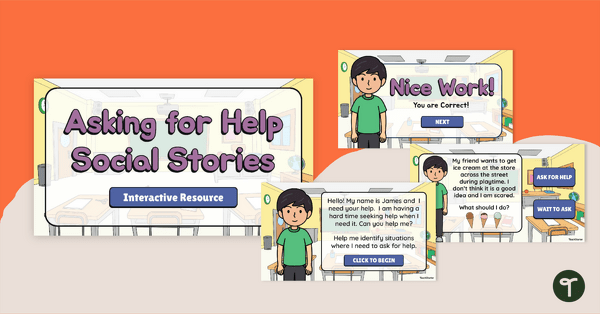
Asking for Help Social Stories - Interactive
Identify whether a situation warrants asking for help immediately or if it can wait with this interactive activity.
- Plus Plan

Tattle Monster - Tattle Telling Tissue Box Template
Create a tattle monster out of a tissue box for your classroom using this cute template.
- Plus Plan
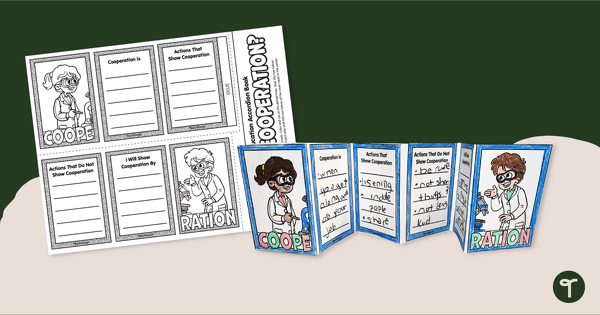
What is Cooperation? SEL Accordion Book
Engage your students in identifying cooperative and non-cooperative behaviors with a printable social-emotional learning booklet.
- Plus Plan
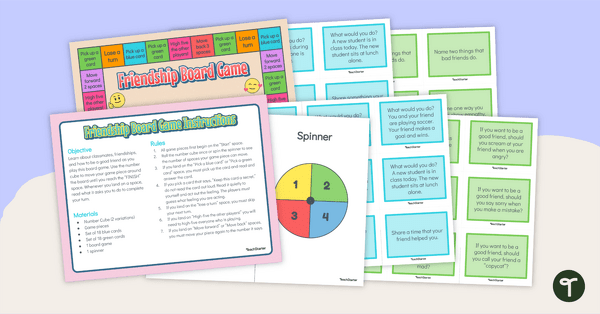
Friendship Fun! Board Game
Disucss characteristics of healthy friendships as well as how to repair relationships with a fun and engaging board game.
- Plus Plan

What is Cooperation? Anchor Charts
Teach your students what cooperation looks, feels, and sounds like with a set of printable posters.
- Plus Plan

Cooperation Station — SEL and Character Education Craft
Make your classroom a better “space” with cooperative learning and a fun Cooperation Station craft!
- Plus Plan
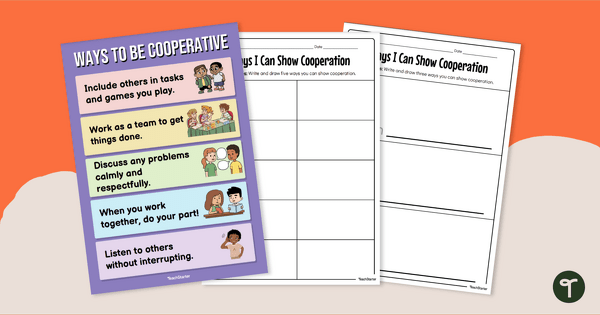
Ways to Show Cooperation Poster and Worksheet
Learn ways to show cooperation with a printable poster and accompanying worksheet pack.
- Plus Plan
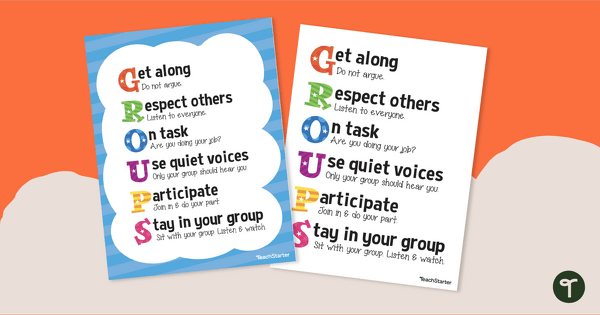
G.R.O.U.P.S - Group Work Expectations Poster
Encourage cooperative behavior during group work activities with a printable group work mnemonic poster.
- Plus Plan

Cooperation Cause and Effect Worksheet
Discover the effects of uncooperative behavior with a cause-and-effect worksheet.
- Plus Plan
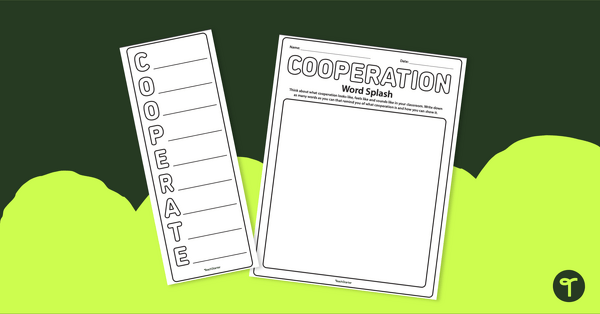
Cooperation Word Splash and Acrostic Poem
Discuss cooperation with your students and write an acrostic poem with a printable word splash worksheet and poem template.
- Plus Plan
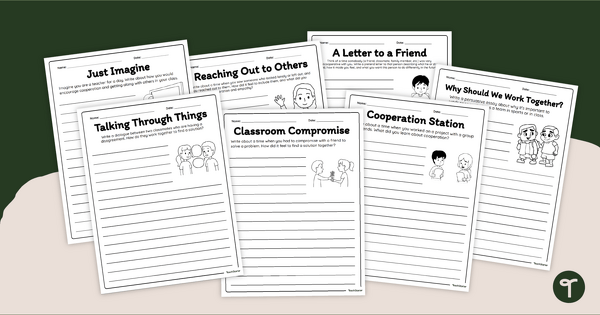
What is Cooperation? - Social Emotional Writing Prompts
Teach your students about cooperative and non-cooperative behaviors with a set of ten writing prompts.
- Plus Plan
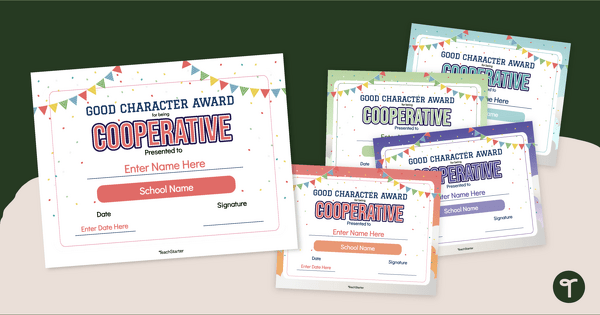
Cooperation Certificate - Good Character Award
Celebrate your students’ cooperative behavior by awarding them with a personalized Cooperation Award.
- Plus Plan
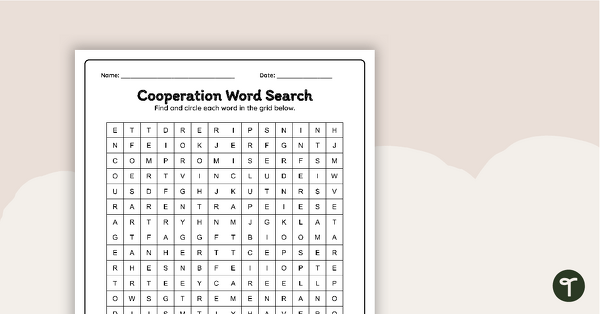
Cooperation Word Search
Review vocabulary and boost your students’ cooperative interaction skills with a word search worksheet.
- Plus Plan

Growth Mindset Coloring Pages
Inspire creativity and encourage your students to think positively with a set of growth mindset coloring pages.
- Plus Plan
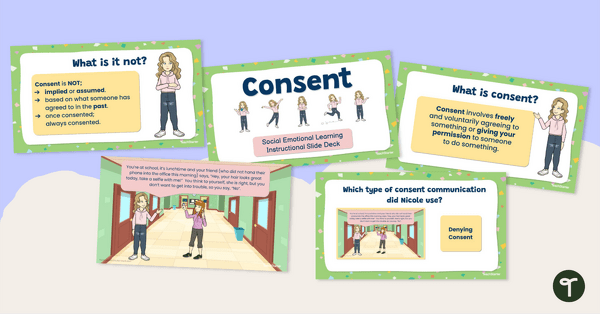
Understanding and Communicating Consent — Teaching Slides
Introduce your middle school students to the concept of consent, the steps of seeking, giving, or denying consent, and how to communicate in familiar scenarios.
- Plus Plan
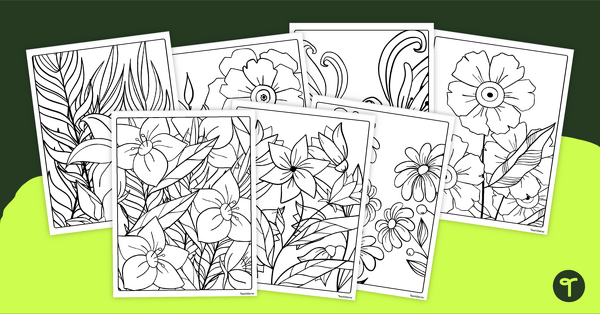
Mindful Coloring - Printable Flower Coloring Pages
Pick a pack of printable flower coloring pages to bring a bit of the outdoors into your classroom.
- Plus Plan
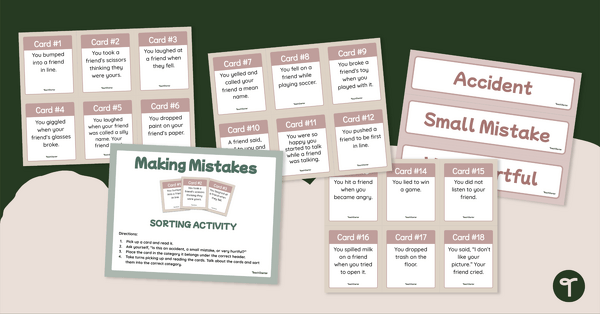
Making Mistakes – Sorting Activity
Help your students recognize different types of mistakes and discuss ways to learn from them with this SEL activity.
- Plus Plan
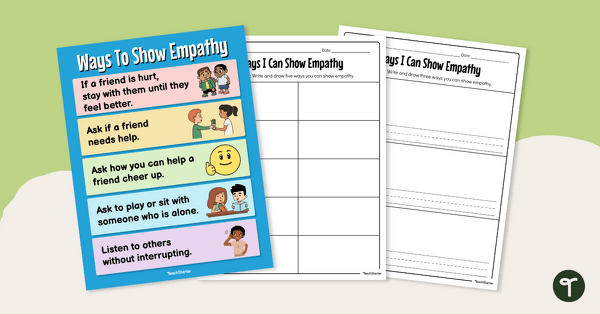
'Ways To Show Empathy' Poster and Worksheet
Use this printable empathy for kids poster and worksheet to teach your students how to share the feelings of others.
- Plus Plan

Social Cues Poster & Worksheet
Teach your students about different social cues with this printable poster and worksheet.
- Plus Plan

Forgiving Friends – Character Education Activities
Use these character education activities to encourage students to maintain and repair friendships by forgiving others.
- Plus Plan
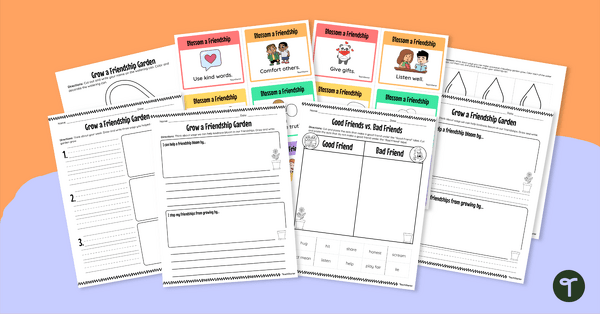
Grow a Friendship Garden – Friendship Activities
Encourage students to make a friendship garden grow with this activity bundle that includes friendship worksheets, writing templates, craft templates, and scenario cards.
- Plus Plan
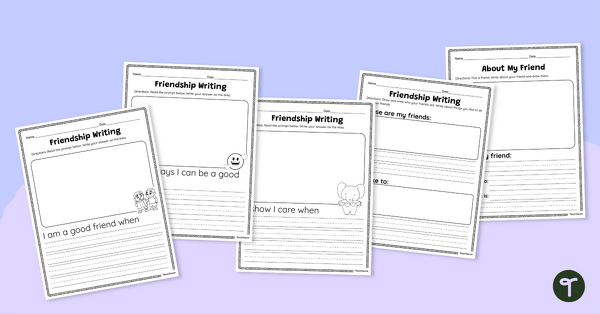
Friendship Writing Prompts
Encourage positive relationships by using our friendship writing prompts in your classroom.
- Plus Plan
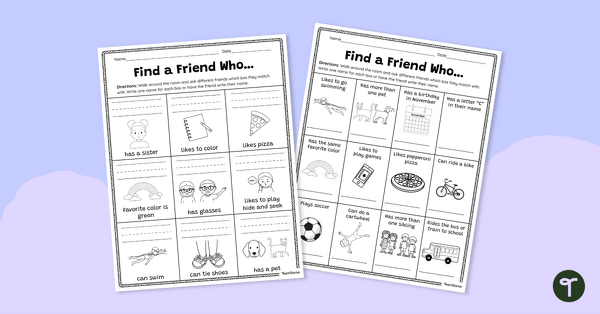
Find a Friend Who…Worksheet
Encourage students to engage with different classmates and learn about others with this whole-class activity.
- Plus Plan
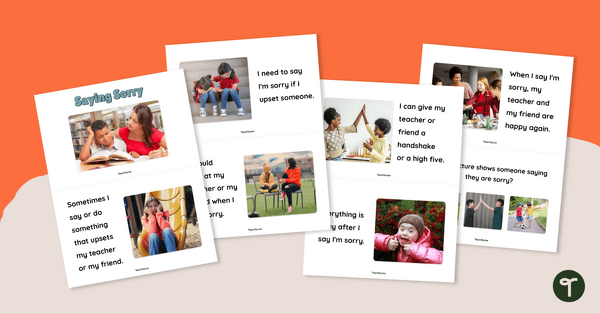
Saying Sorry Mini-Book
Learn how to develop strategies and skills for saying sorry to others with this printable mini-book.
- Plus Plan
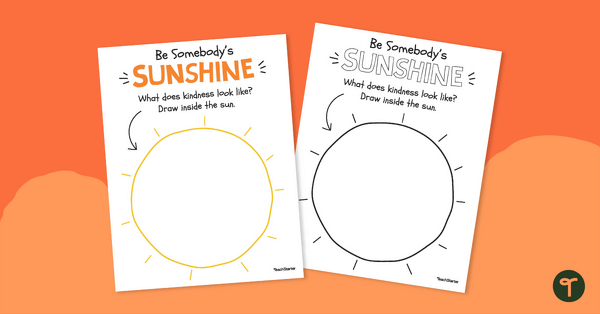
Be Somebody's Sunshine Template
Reflect on what kindness looks like with this student template.
- Plus Plan
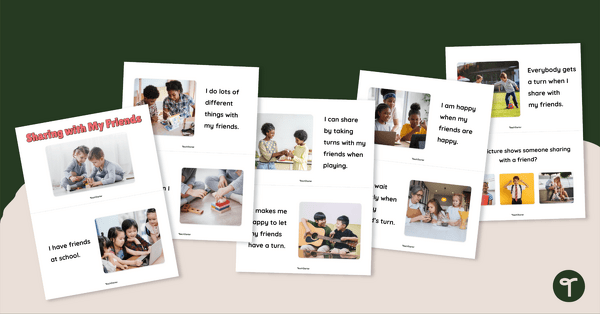
Sharing with My Friends – Mini-Book
Develop skills and strategies for sharing with others with this printable mini-book.
- Plus Plan
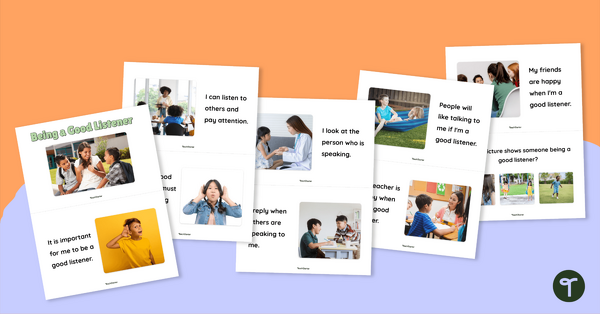
Being a Good Listener – Mini-Book
Develop and reinforce appropriate listening skills with this printable social skills mini-book.
- Plus Plan
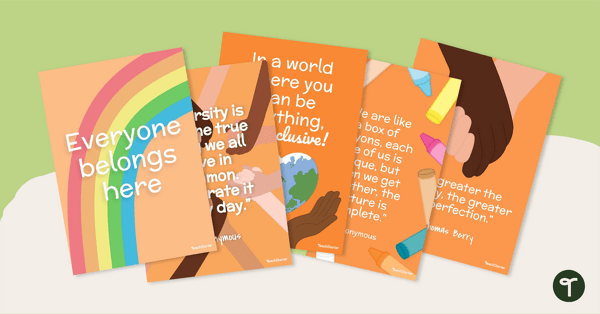
Diversity and Inclusivity Quotes Poster Pack
Celebrate diversity and promote inclusivity in your classroom or school with a pack of posters.
- Plus Plan
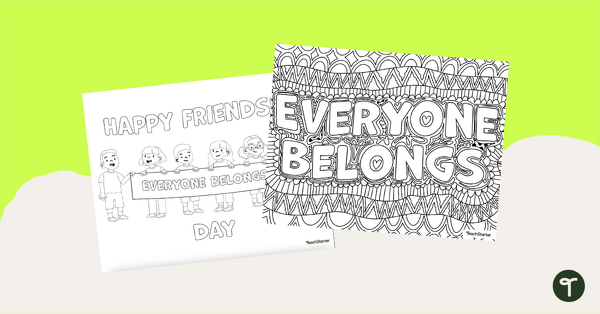
Friendship Coloring Pages
Bring your students together for Friendship Day with a fun pair of friendship coloring pages.
- Plus Plan
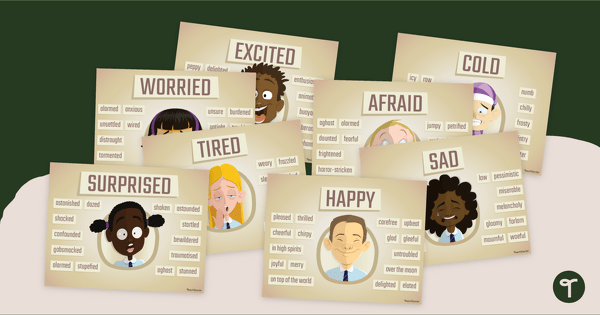
Synonym Poster Pack - Emotions Chart Display
A series of posters that display different words that can be used for different emotions.
- Plus Plan
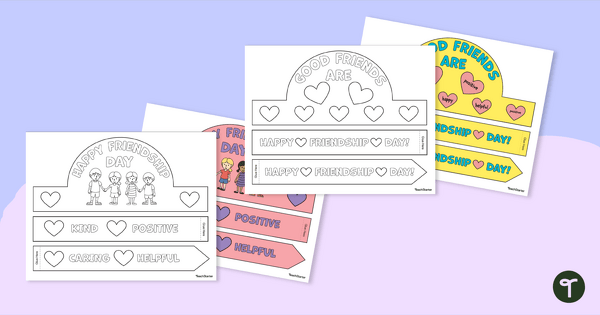
Happy Friendship Day! - Printable Paper Hat Templates
Bring your students together and say Happy Friendship Day with a fun crown template!
- Plus Plan
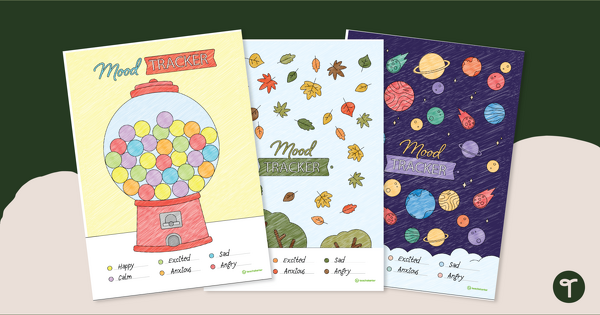
Monthly Mood Trackers for Students — 12-Tracker Bundle
Download 12 different printable mood tracker templates for students to track their emotions throughout the school day and year!
- Social Emotional Learning Templates
- Social Emotional Learning Posters
- Social Emotional Learning Worksheets
- Social Emotional Learning Games
- Social Emotional Learning for Pre-K
- Social Emotional Learning for Kindergarten
- Social Emotional Learning for 1st Grade
- Social Emotional Learning for 2nd Grade
- Social Emotional Learning for 3rd Grade
- Social Emotional Learning for 4th Grade
- Social Emotional Learning for 5th Grade
- Social Emotional Learning for 6th Grade